Lightweight, durable, and lifelike decoys migrating Canada geese can’t resist, Dive Bomb’s deadly duo is changing the game.
by Jace Bauserman
I cut my teeth hunting Canada geese in the grain fields around my southeast Colorado home, and I’ve spent more time in the decoys than most. The crew I hunt with works too hard, invests too many person-hours, and cares too much about getting geese to swing into the wind, cup their wings, and drop their feet to feed you a load of bull butter about any products. Know that.
At 14, when my love affair with big honkers started, there was zero competition in my hunting area. There was no public land access, and fancy-to-do goose trailers loaded with dozens of flocked full-body fakes weren’t a thing. For years, me and the men that taught me to be a goose killer used nothing more than a few dozen magnum-sized shells and a pile of homemade particle-board fakes. We slaughtered geese.
Things started to change during my Junior year of high school. There was still no public land access in my locale, but more hunters were taking an interest in the sound of guttural goose moans and the sight of a locked-up group dropping into the decoys. I was not too fond of it, but I couldn’t blame them. Increased hunt pressure changed how the geese responded to decoys. Before long, our crew was running a spread of the original Big Foots, a few dozen high-quality shells from Higdon, and when Mother Nature got nasty, we added some Real-Geese silhouettes. And, just like that, we were back in the chips.

It lasted for a while, but the goose hunters kept coming, and a handful of our best private fields were leased by the state and opened to public hunting. Thank God for flocked decoys. It took a while — nine or 10 unsuccessful hunts to set in, but we bit the bullet and dropped a lot of money on fully-flocked shells and full-body decoys. We trashed the Real-Geese silhouettes. The wooden stakes broke and splintered and weren’t sharp enough to jab into the frozen ground. Plus, when the sun hit them, they shined like a diamond in a goat’s butt. Flocked decoys like those from Avian-X and Higdon gave us an edge over the competition.
Today, more than 62 percent of our goose fields — places we have hunted for 20-plus years — are Walk-In Acess. A great program, Walk-In Acess allows a state’s governing wildlife body to lease land from private landowners and open that land for public hunting. This has boosted the number of goose hunters in our area. Still, more than that, it has created a situation in which getting dozens of full-body and shell-style decoys to the middle of a massive circle pivot or dryland field is impossible.
Our answer has been Dive Bomb’s V2AF Flocked Canadas and S3FI Canada Socks. I admit I was skeptical, especially about toting several dozen silhouettes into fields, but these fakes are far from Real-Geese or other brands we have tried over the years. Not only are these decoys ultra-light, but the rigid plastic material promises season after season of no-fail use. The heads are flocked, which reduces shine and adds realism, and the texturized finish with natural, deep, dark colors, makes these silhouettes pop from above. The stakes are one-piece powder-coated spring steel, and they drive deep into the ground and anchor the decoys well. Plus, because the stakes drive in so well, you can set your feeders lower to the ground, place the resters at a mid-height, and, if you like, put the lookers up a tad taller.
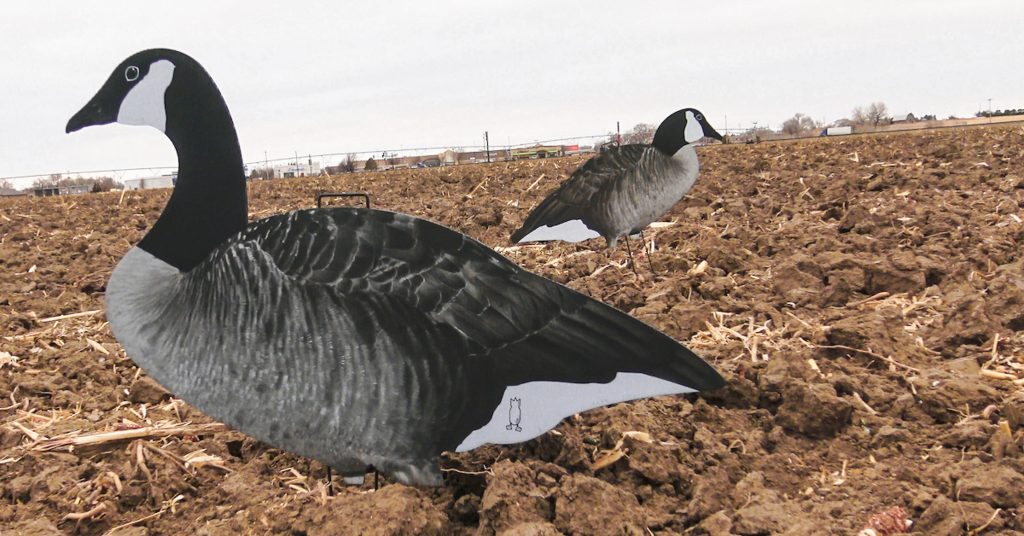
At only 6 pounds per dozen, we can stack a pile of the V2F Canadas in a decoy sled and drag that sled for miles if we have to. The flocking on the heads is perfect, and Dive Bomb was able to get natural lines around the chest, beak, and eyes, further boosting realism. Several times, even on bright sunny days, we have used our five dozen V2Fs mixed with a six full-body Avian-AXF Lesser: Active Pack and three dozen S3FI Canadas (more to come on these) and killed limits of giant and lesser Canada geese. These decoys take up very little room in the sled or run-and-gun backpack layout with a storage compartment. The total weight of five dozen V2Fs is 30 pounds, and Dive Bomb prices them at $400 per five dozen. Go the full-body route, and you’ll be paying around $450 for a dozen flocked decoys.
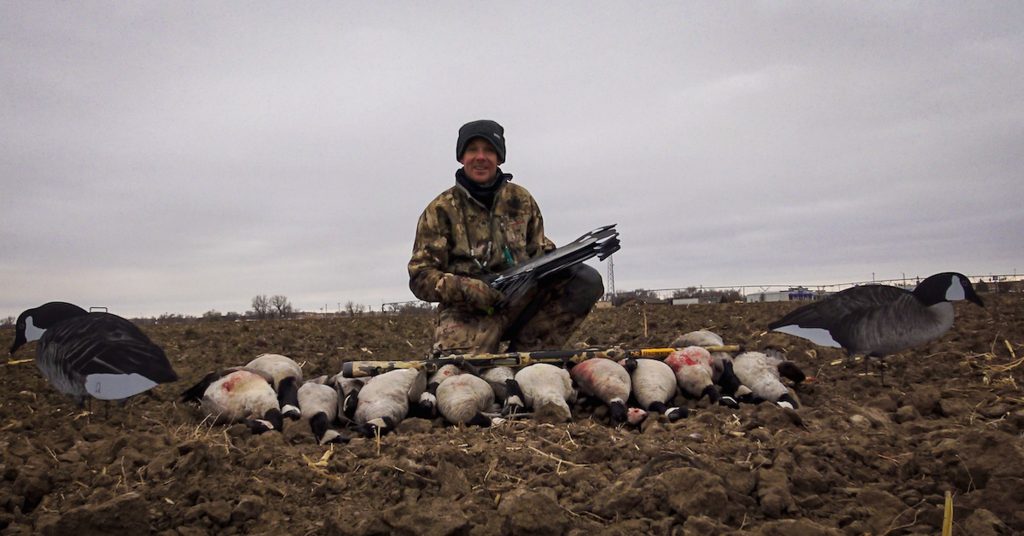
I won’t go into a field without my S3Fi Candas. These socks are the best I have ever used, giving excellent spread movement, and they can take serious abuse. Like the V2Fs, these socks are remarkably lifelike — the heads are flocked, and the mouth of the sock has zero memory. With zero memory in the spring-style sock mouth, it opens and stays open, and even the slightest breeze gives the hand-sewn Tyvek sock body incredible movement. Several times when using these socks, I have noticed that landing0-in-the-decoys geese tend to land by the S3Fi’s more than any of the other decoys in our spread, and I feel this is because of the movement they create.
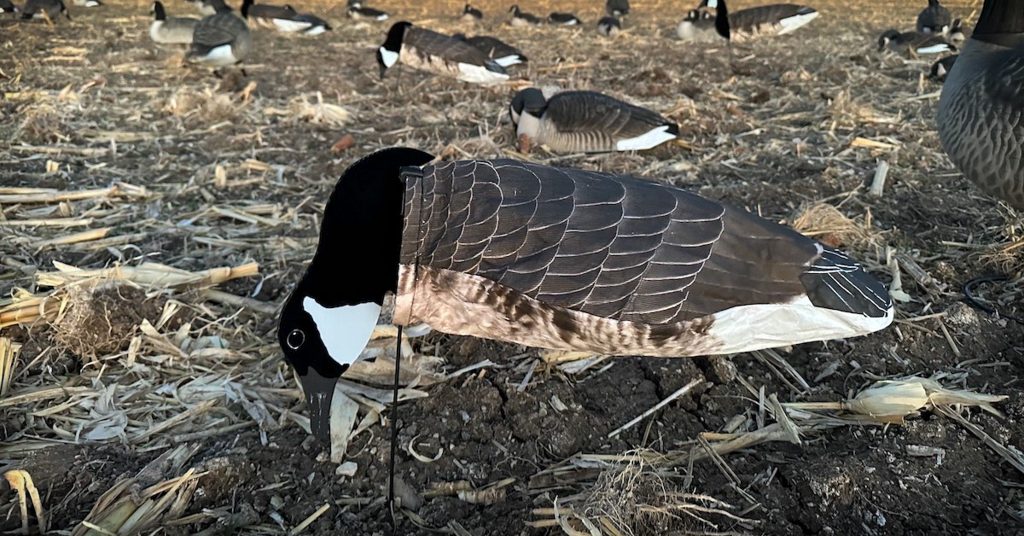
You won’t find an easier-to-set and takedown sock. The snap-locking backbone system is brilliant — grab the backbone wire behind the flocked head and pull up. There are no E-clips or O-rings, and with a bit of pressure, you’ll hear a click, and the decoy is ready for use. When taking the decoys down, use the exact grip but apply downward pressure on the backbone wire.
The paint scheme is ultra-realistic, and six strategically placed drain holes mean all-weather use. The spring steel stakes measure 24 inches long, and their slim but solid design makes them easy to press into the frozen ground. The socks fold up to nothing and tote easily in a sled, backpack-style layout or Dive Bomb’s Standard Brown Bag. The socks weigh less than a pound, and five dozen will run you $425, or you can build your arsenal slowly as we did and pay $90 per dozen.

Our entire system is made up of 114 decoys — 60 V2Fs, 48 S3Fis, and 6 Avians — and our total investment was $1,000. We can fit our entire spread into a single sled and tote an additional sled for firearms, ammo, coffee, and the like.
If you’re tired of investing thousands of dollars into full-body fakes and shells or want to make fewer trips with the sleds into walk-in-only public land areas, the V2F and S3Fis should be your go-to.


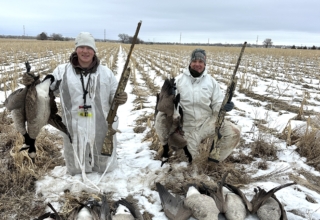
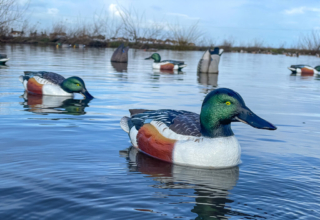
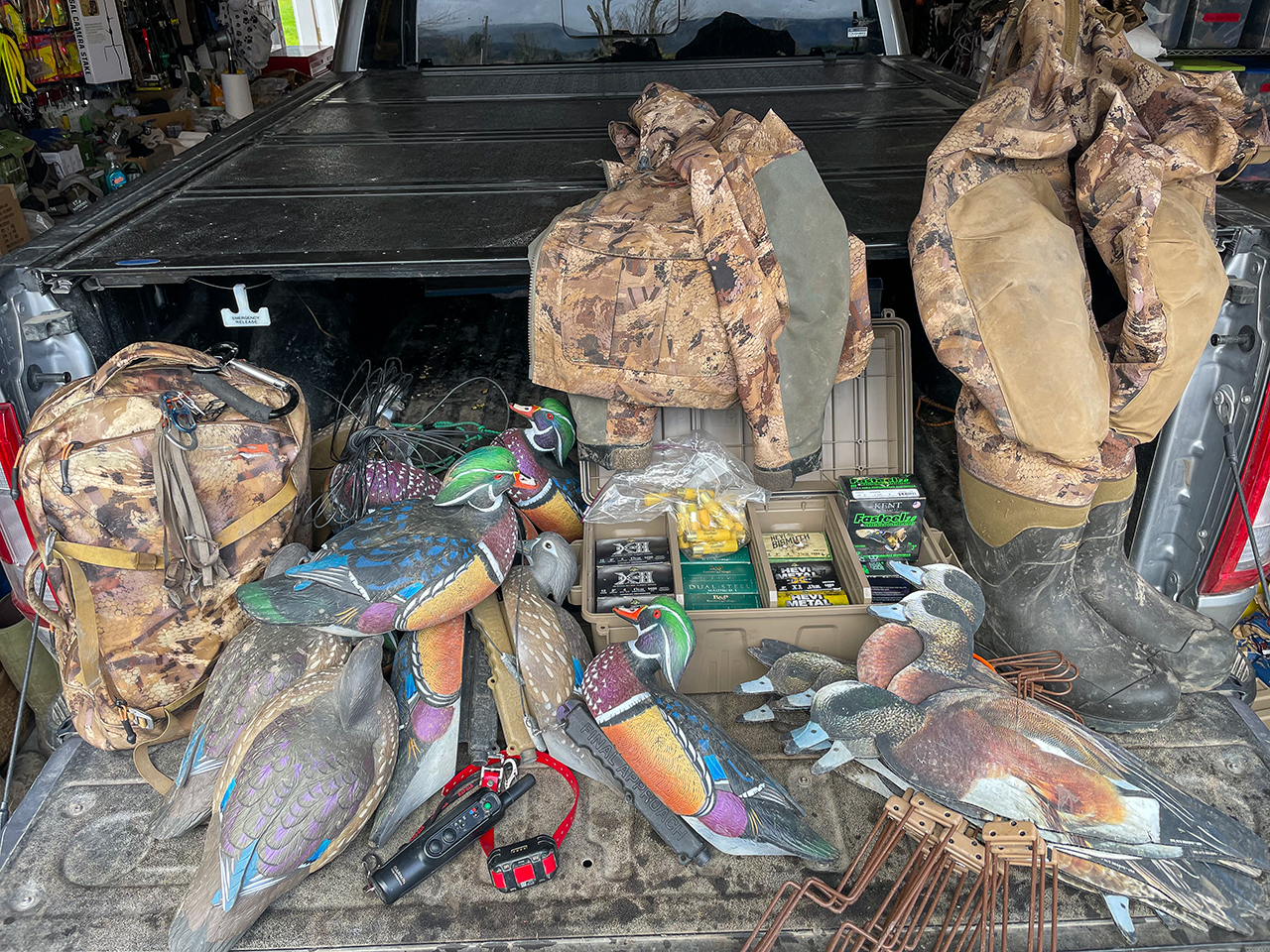
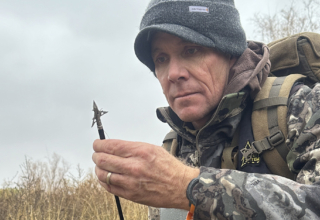

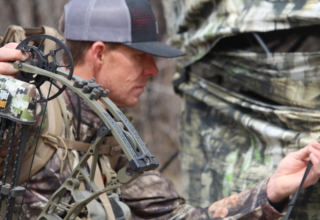
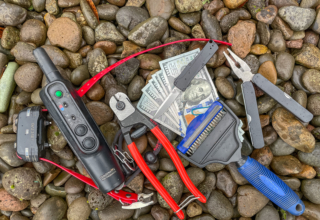
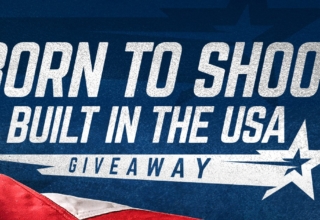
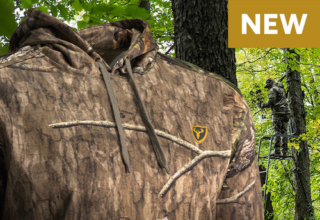


Бесплатный аккаунт на binance
June 5, 2024 at 7:37 pm
Thank you for your sharing. I am worried that I lack creative ideas. It is your article that makes me full of hope. Thank you. But, I have a question, can you help me?
binance-
August 4, 2024 at 10:58 pm
Can you be more specific about the content of your article? After reading it, I still have some doubts. Hope you can help me.